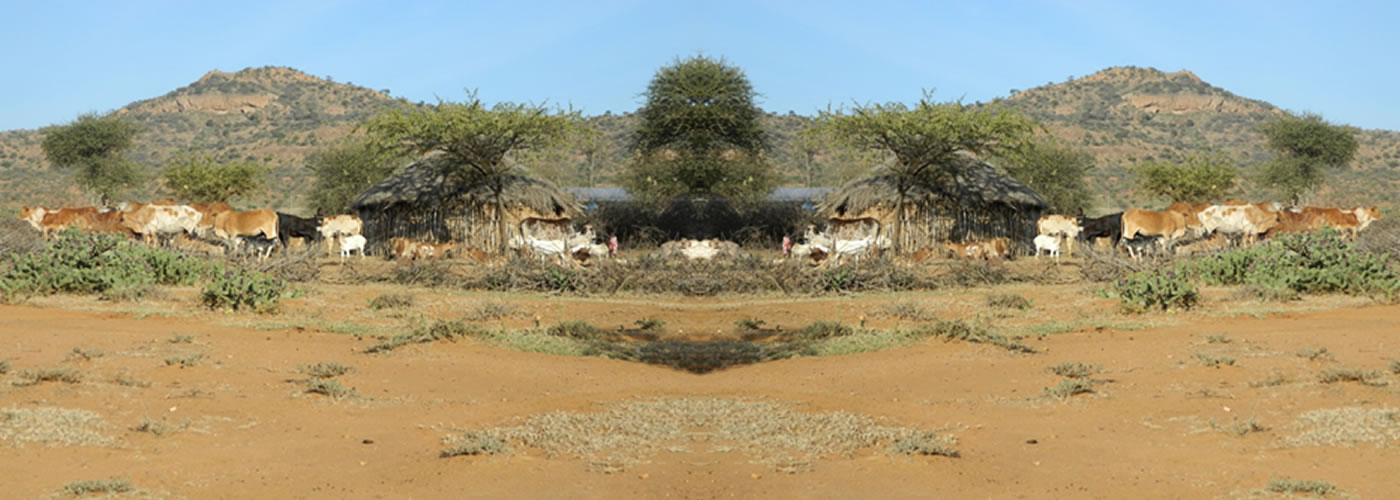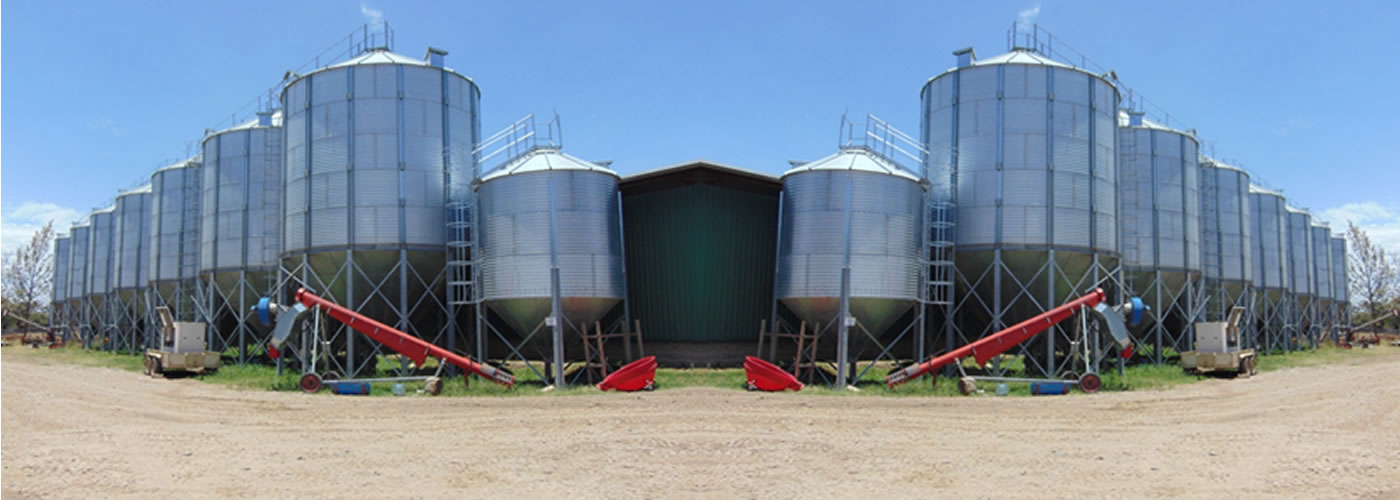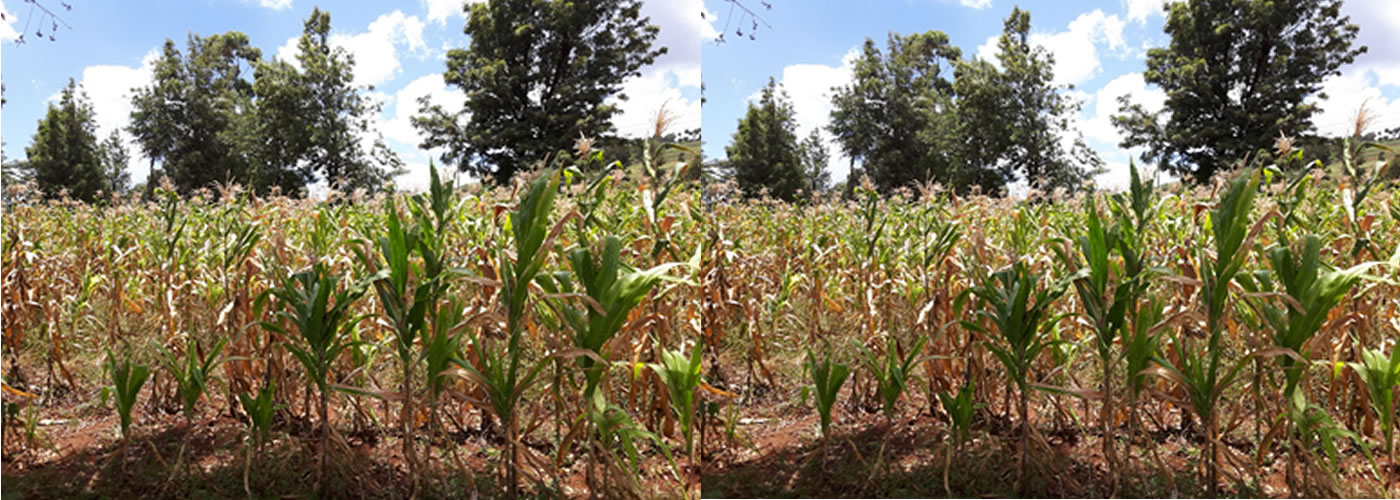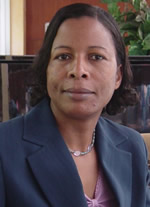Search
-
-
What is a food system?
Food systems “are interdependent networks of stakeholders (companies, financial institution and public and private organisations), localized in a given geographical area (region, state, multinational region) participating directly or indirectly in the creation of flow of goods and services geared towards satisfying the food needs of one or more group of consumers, both locally and outside the area considered.” Food systems include value chains and non- market activities, actors connecting food production, aggregation, transportation and storage, processing and catering, distribution, preparation and consumption, waste and resources management, as well as agro-input suppliers (seeds, fertilisers, and packaging)and the associated regulatory institutions. Food systems have several subsystems, natural sub system (soils, water, plants, animals), Political (policies and laws),operational (value chain actors and activities from input supply to consumption), and information and service (knowledge, research, extension, financial and logistic services).
-
Virtual Food Sustainability Academy (VFSA):
Training, practising and disseminating participatory food system assessments in Latin America and Africa
The course will be managed from Department of Geography and Environmental Studies
The Link Person in the Department is Dr. Stellah Mukhovi Mikalitsa
University of Nairobi is the head of communication for the Africa region. Meaning the website for University of Nigeria and any other potential universities in Africa under FSNet- Africa shall be managed from university of Nairobi.
The project is funded by the Swiss National Science Foundation (SNF). It brings together 5 institutions: University of Bern, University of Nairobi, University of Nigeria, Nsukka,Andean-Amazon Pluricultural Community for Sustainability (COMPAS), and National University of Columbia. The project begun on 1st of January 2021 and will end 30th December 2021. The first year is development of materials, development of website, launching the academy, training (virtual and physical-practical learning), and updating the website with new information. After the first year, it’s expected that the various institutions will take up the academy and run it as part of their virtual courses.
Copyright © 2022. All rights reserved



